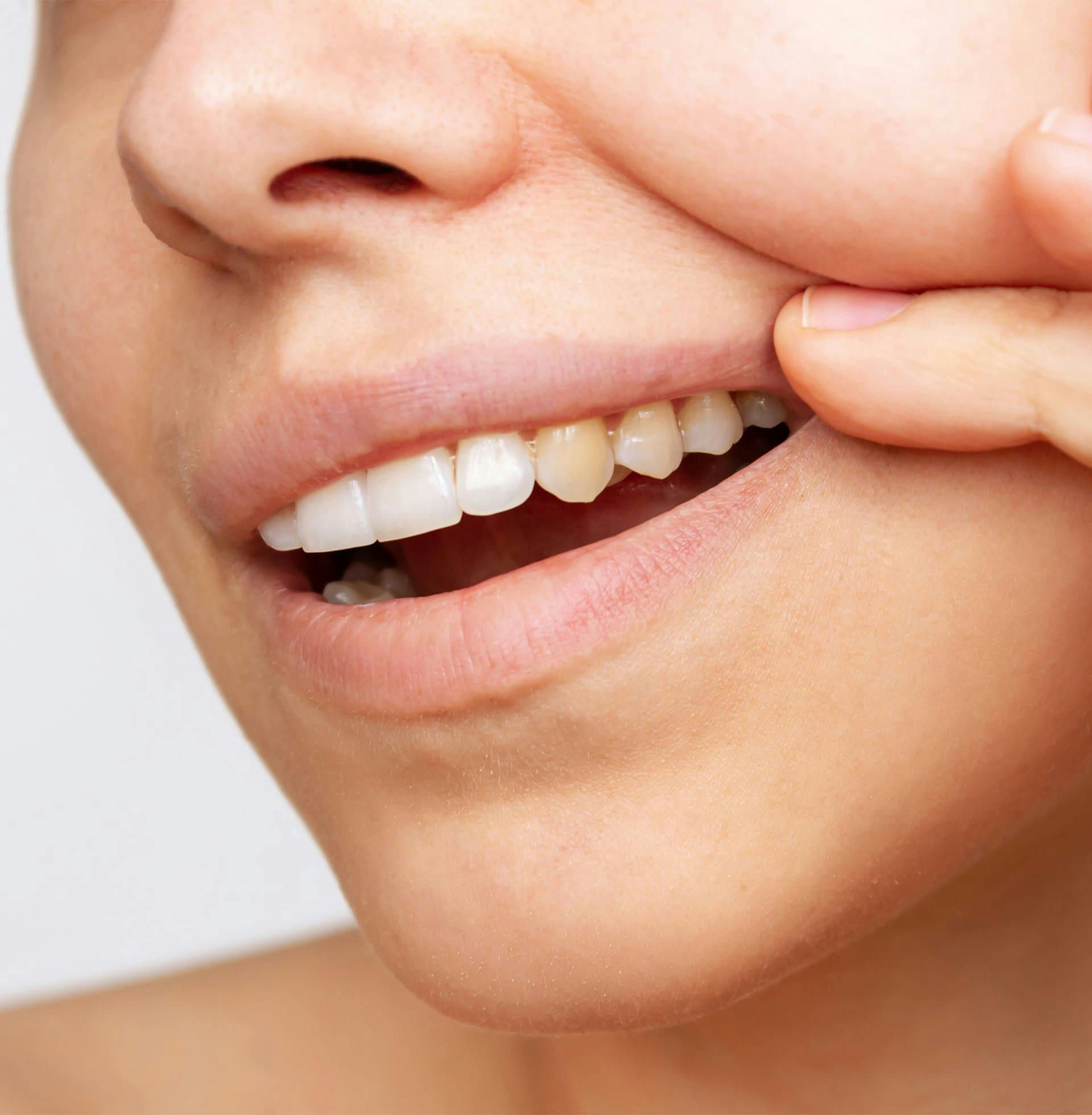Dental stains do not affect your oral health, but they can certainly make you hesitate to smile. There are many treatments that can brighten your smile, depending on the type of stains affecting your teeth.
A Closer Look at What Causes Stains
- Foods—Many common foods and condiments, including tomato sauce, red and white wine, mustard, berries, tea, coffee, and soda, cause stains over time.
- Meds and Supplements—Children 8 and younger can develop stains as tetracycline (an antibiotic) bonds to calcium in developing teeth. Ingesting large amounts of fluoride can result in brown dental stains.
- Nicotine—When nicotine combines with oxygen, it turns yellow. Over the years, nicotine can stain enamel and the outer layers of dentin.
- Genetics—Some of us are born with darker teeth, while others are born with weak enamel that can stain easily.




